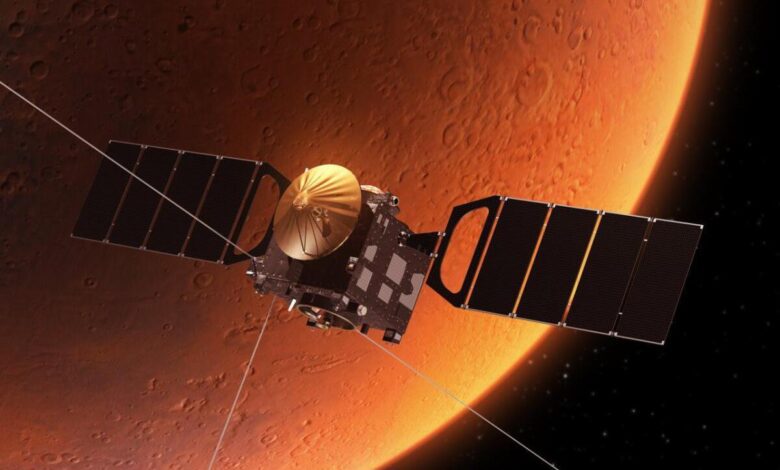ISRO’s Mangalyaan says goodbye after 8 glorious years as it runs out of fuel
India's first ever extraterrestrial mission, the ₹450 crore Mars Orbiter Mission was launched onboard PSLV-C25 on November five, 2013, and the MOM spacecraft was successfully inserted into Martian orbit on September 24, 2014 in its first attempt.

Meant for 6 months & lasted nearly a decade: India became the first nation to successfully enter Martian orbit thanks to the Mangalyaan project that was launched onboard PSLV-C25 on November five, 2013, and the MOM spacecraft was successfully inserted into Martian orbit on September 24, 2014 in its first attempt, the MoM has, reportedly, run out of propellant, making it difficult to be revived in the Red Planet’s orbit.
The Mangalyaan Mission received praise for being the most affordable Mars mission to date with only $75 million (Rs. 450 crores) in expenses.
Sources told news agency PTI that there is no fuel left in Mangalyaan. “Right now, there is no fuel left. The satellite battery has drained,” sources in the Indian Space Research Organisation (ISRO) told PTI, adding that the link has been lost.
“Recently there were back-to-back eclipses including one that lasted seven-and-half hours. As the satellite battery is designed to handle an eclipse duration of only about one hour and 40 minutes, a longer eclipse would drain the battery beyond the safe limit,” PTI reported, quoting unnamed sources.
The MOM — a technology demonstration venture — carried five scientific payloads (total 15 kg) collecting data on surface geology, morphology, atmospheric processes, surface temperature and atmospheric escape process.
The five instruments are: Mars Color Camera (MCC), Thermal Infrared Imaging Spectrometer (TIS), Methane Sensor for Mars (MSM), Mars Exospheric Neutral Composition Analyser (MENCA) and Lyman Alpha Photometer (LAP).
“MOM is credited with many laurels like cost-effectiveness, short period of realisation, economical mass-budget, and miniaturisation of five heterogeneous science payloads”, ISRO officials pointed out.
Highly elliptical orbit geometry of MOM enabled MCC to take snap shots of ‘Full disc’ of Mars at its farthest point and finer details from closest point.
The MCC has produced more than 1000 images and published a Mars Atlas. Meanwhile, plans on a follow-on ‘Mangalyaan’ mission to the red planet, however, are yet to be firmed up.
The AO had said: “It is now planned to have the next orbiter mission around Mars for a future launch opportunity. Proposals are solicited from interested scientists within India for experiments onboard an orbiter mission around Mars (MOM-2), to address relevant scientific problems and topics”.



